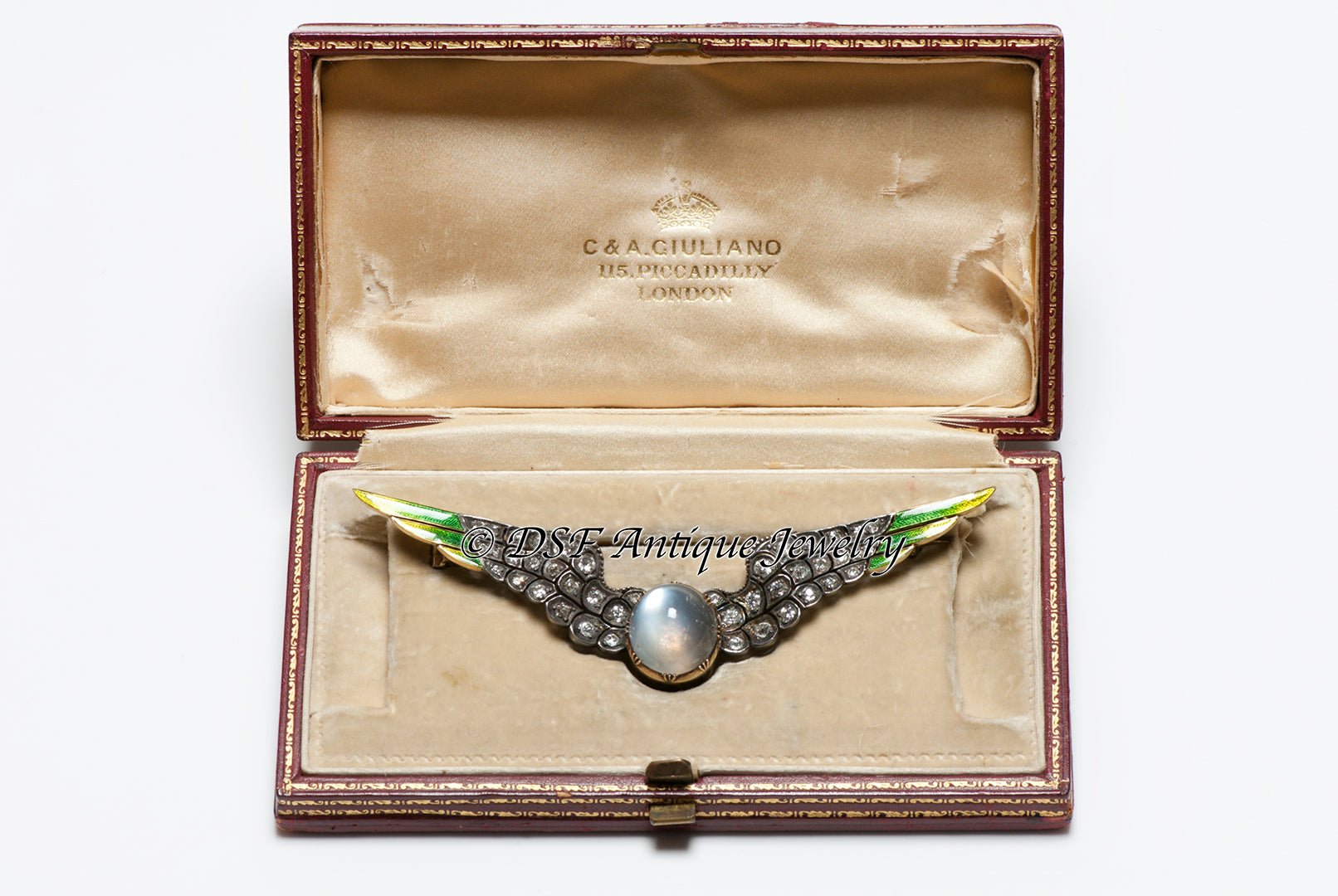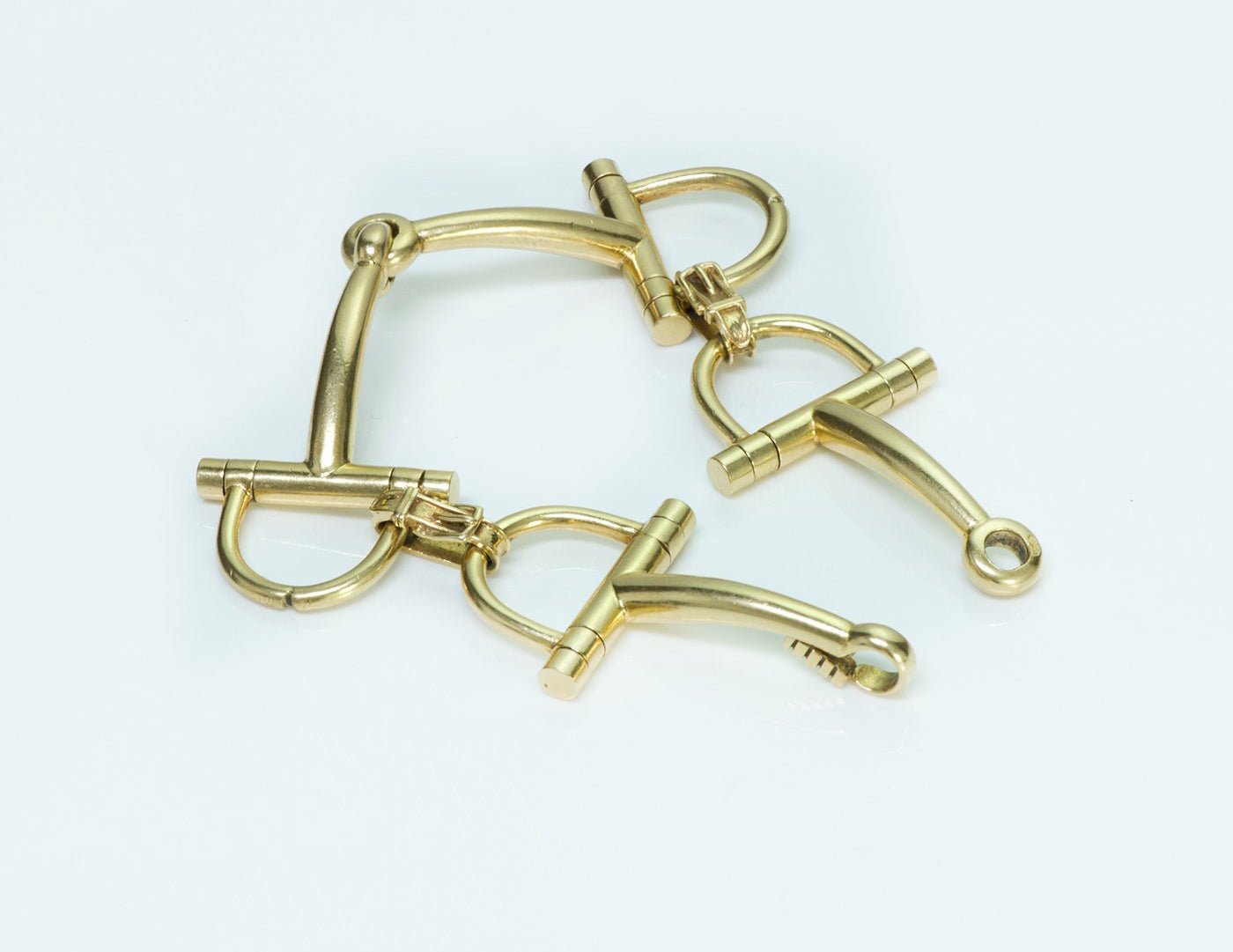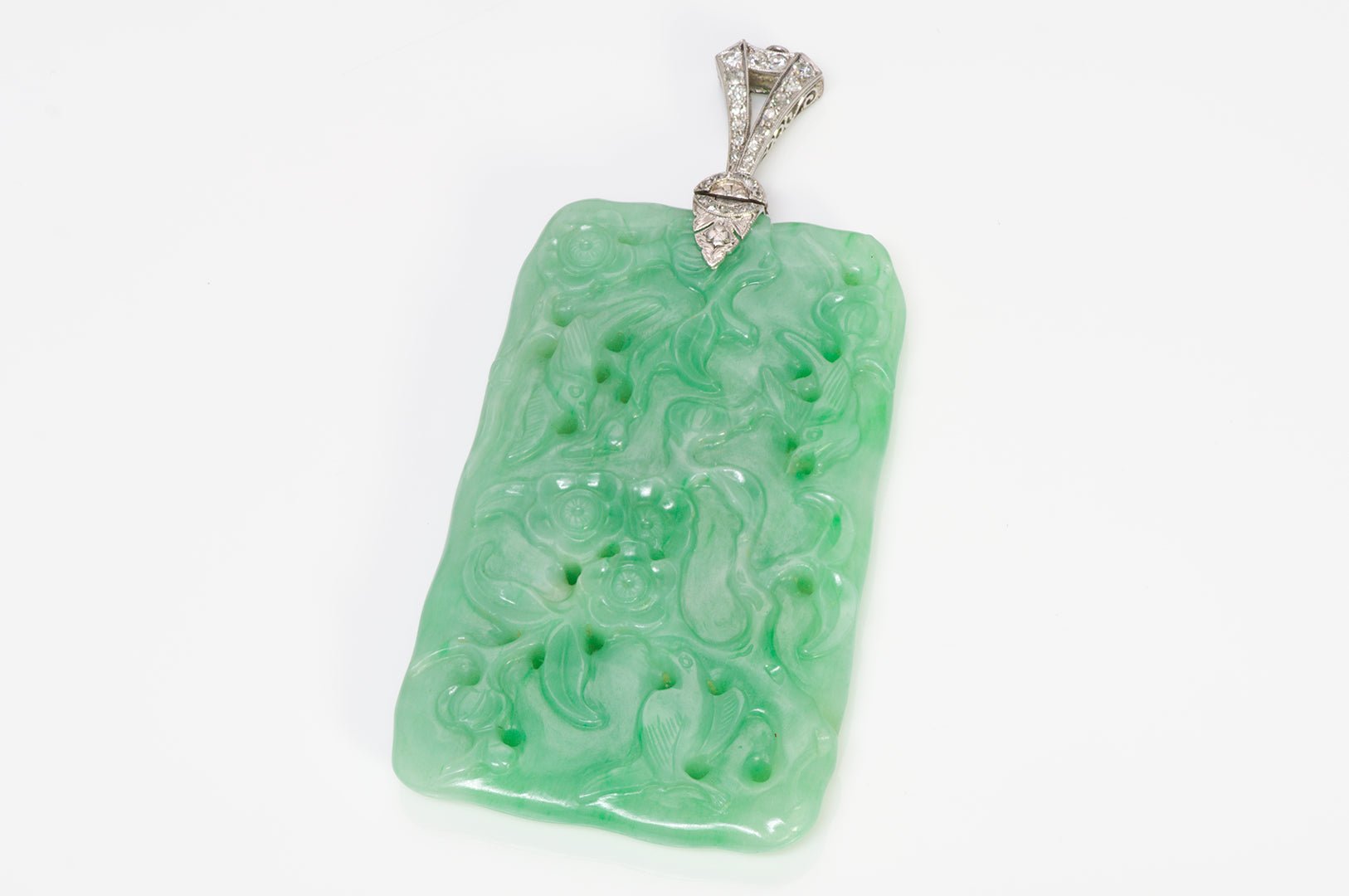
Carlo Giuliano Jewelry - The Master of Master Jewelers
Carlo Giuliano was a famous Italian master jeweler and goldsmith, one of the most accomplished of all time. He was loved by royal families and gained the respect of jewelry experts across the world.
His history is still shrouded in mystery, while his antique jewelry pieces – true works of art – are extremely rare and sought after.
Carlo Giuliano's works attracted a clientele who loved beauty, including King Edward VII, Queen Alexandra, and Queen Victoria. He was so familiar with Queen Alexandra that he was entrusted with the family pearls to be cleaned and remodeled.
The History of Carlo Giuliano
Born in Naples in 1831, Carlo Giuliano trained, according to "Maglia Antichita e Preziosi", at the Castellani family in Rome or Naples (there is no certain information on the location of his internship), and then followed Alessandro Castellani in London in the 1860s, probably to cover the role of director of the atelier of production that the renowned Roman goldsmith wanted to open in the Anglo-Saxon capital.
In 1863 he set up his own business in Frith Street, signing his jewelry with the identification mark "CG" (with the C upside down and connected to the G), a monogram similar to that of the House of Castellani.
The similarity of his brand with that of the Roman goldsmith family has led scholars to believe that, in his early years of activity, Carlo Giuliano continued to make jewels for Alessandro Castellani, as he did for other well-known London jewelry shops (Harry Emmanuel, Robert Phillips, CF Hancocks), as reflected by the presence of his works at the Universal Exhibition in Paris in 1867, exhibited in the name of those shopkeepers.
The Frith Street atelier offered impeccably crafted jewels: jewelry in an "archaeological" style, more casual reinterpretations of ancient themes (especially Egyptian) and Renaissance models, eclectic pastiches characterized by brightly colored enamels, gold sets, and coral with filigree decorations.
In 1874, Carlo Giuliano opened a shop in Piccadilly Circus, which was subsequently managed by his son Arthur Alfonso (1864-1914). It will remain open until 1912, while the identification mark changes on Giuliano's death, in 1895, into "C&AG" (where A stands for Arthur Alfonso).
Controversy Regarding His Link to the Castellani House
The links between Carlo Giuliano and the Castellani family are very controversial.
Some jewelry historians claim that Giuliano began his apprenticeship with the Roman House and that he "accompanied Alessandro Castellani to London in 1862 with the intention of managing the shop he opened at 13 Frith Street".
Others argue that this connection "is entirely hypothetical, and in fact unlikely" since Giuliano is never mentioned in the biography of Augusto Castellani.
Other scholars suggest that Carlo Giuliano and Alessandro Castellani met in London and that Giuliano's shop, which he opened in 1874, was an outlet for the pieces produced in Naples at Alessandro's laboratory.
The Distinguished Style of Carlo Giuliano
Carlo Giuliano was interested in the Renaissance and studied in particular the art of the 1500s. He then created splendid jewels in the neo-Renaissance style, and soon became famous for his openwork frames, delicately enameled and adorned with small pearls, precious or semi-precious gems.
He produced an exceptional series of jewels in the neo-Renaissance and archaeological revival taste. It can be said without doubt that he was one of the avant-garde promoters of this style, an aspect that is evident if we look at his collaborations with the pre-Raphaelite art movement.
The master jeweler almost completely eliminated the color from his creations by covering the surface with white enamel embellished with touches of blue or black picqué enamel (a technique that consists of decorating an already enameled surface with small dots of contrasting colored enamel).
Carlo Giuliano always preferred the discreet effect of cabochon cut stones to the sparkle of faceted precious gems.
When the popularity of the Neo-Renaissance style began to decline, Giuliano gradually moved away from the 1500s as a source of direct inspiration. However, his jewels never lost their Renaissance flavor.
Carlo Giuliano's Legacy
In the last two decades of the nineteenth century, the jewels of the House are characterized by a meticulous and delicate play of openwork and enamels in the combinations of black and white, pastel colors, and use of semi-precious stones (cat's eye, chrysoberyls, topazes, amethysts) and small pearls.
Noteworthy is the collaboration with the Pre-Raphaelite and aestheticizing movement, represented by Edward Burne-Jones and Charles Rickets.
Carlo Giuliano also made use of the work of Italian designers Pasquale Novissimo, Camillo Bertuzzi in 1864, and Giuseppe Gillio in 1893.
Pasquale Novissimo worked in the Piccadilly Circus atelier from 1874 until his death in 1914 and was the main creator of the house. His drawings, preserved by his heirs, are marked by the lightness of the forms and the bright chromatism of the materials, as well as the compelling affinities with numerous jewels in "archaeological" and "Renaissance" style signed by Carlo Giuliano.
On his death, the management of the business passed to his two sons Carlo Joseph and Arturo who took care of the shop in Piccadilly until 1912 and then of the new headquarters in Knightbridge until its closure at the beginning of the First World War.
Carlo and Arturo Giuliano continued to produce jewels in the style of those created by their father. Their ornaments, however, reveal a new interest in softer and more delicate colors and floral forms in keeping with the taste of the time.
The Jewels of the Giuliano House are Always Signed
Since 1863 Carlo Giuliano's jewels have been distinguished by the CG monogram in an oval motif, very similar to the one with the two intertwined Cs of the Castellani, as we mentioned above.
After the death of their father, in 1896 Carlo Joseph and Arturo Giuliano filed a new trademark consisting of the letters C & AG in an oval motif.
DSF Antique Jewelry has managed to collect several exquisite masterpieces made by the House of Giuliano.
Check out the diamond moonstone enamel wings brooch, the baby moonstone enamel gold brooch, and the gold carved carnelian Egyptian revival pendant made by this renowned Jewelry House.



















